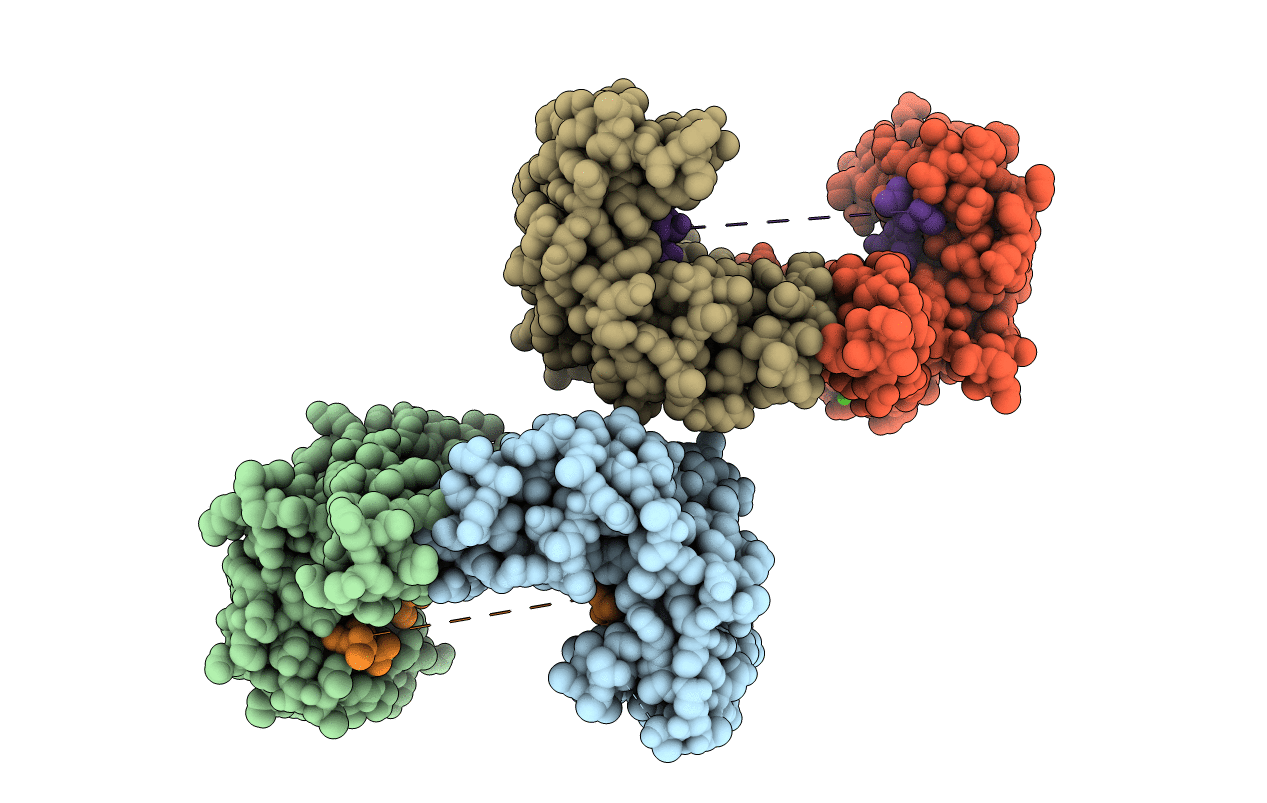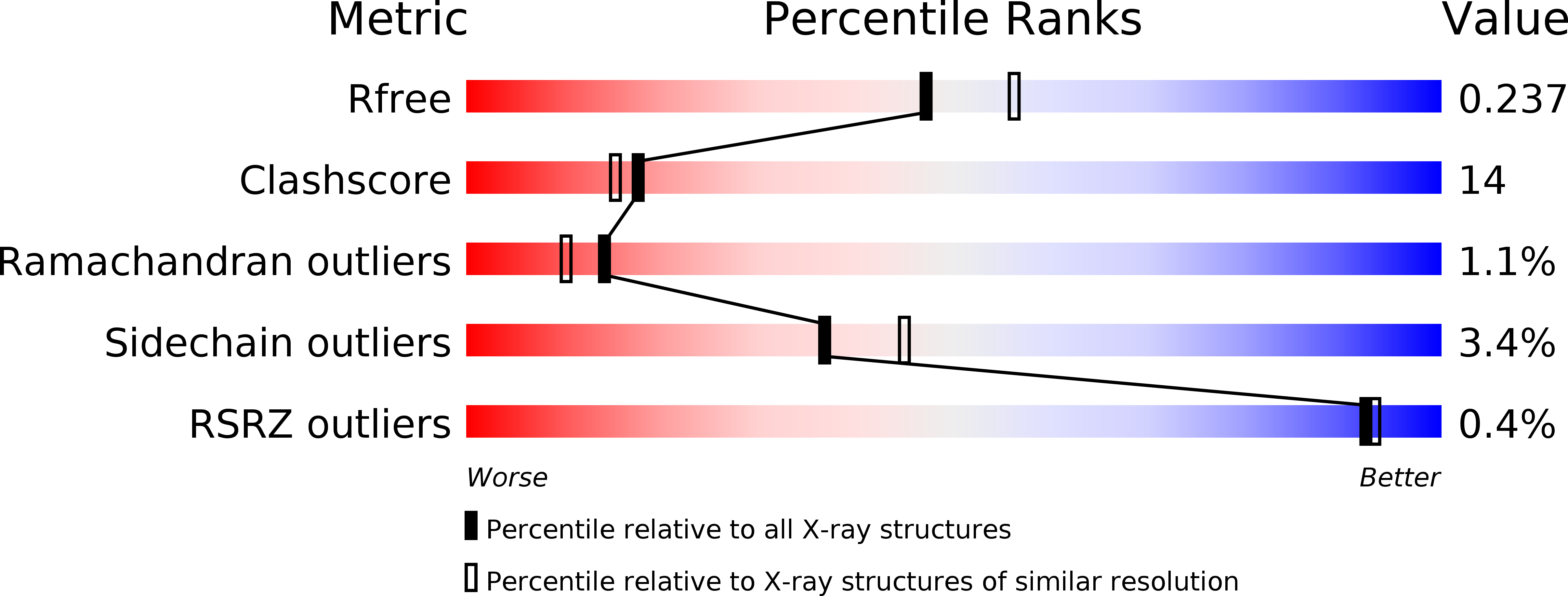
Deposition Date
2009-04-28
Release Date
2009-08-18
Last Version Date
2024-10-16
Entry Detail
PDB ID:
2WH0
Keywords:
Title:
Recognition of an intrachain tandem 14-3-3 binding site within protein kinase C epsilon
Biological Source:
Source Organism:
HOMO SAPIENS (Taxon ID: 9606)
Host Organism:
Method Details:
Experimental Method:
Resolution:
2.25 Å
R-Value Free:
0.23
R-Value Work:
0.18
R-Value Observed:
0.18
Space Group:
P 1 21 1


